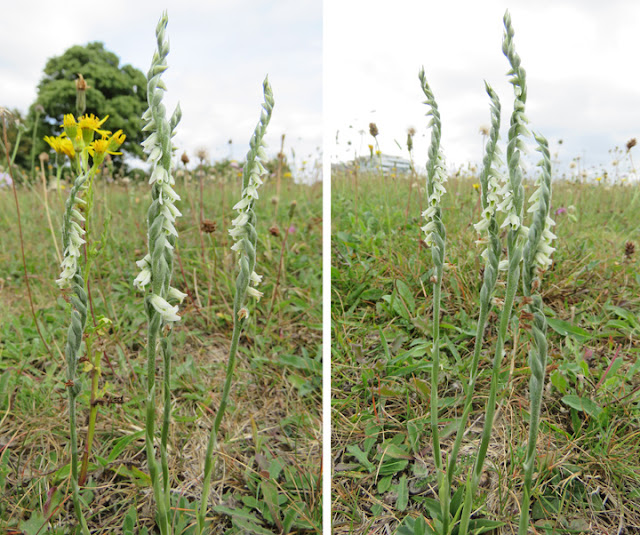Useless directions
You are out birding with a small group of friends. Each of you are scanning the sky, looking out to sea or grilling the nearby vegetation. And then the moment comes when one of you has got something! Something good!! But now there is the need to get everybody else onto it - there is the need to give directions. The following are genuine, and totally useless... For a petrel flying across a stormy sea "Over that wave!" For the reason that two distant stints keep being lost from view "One is behind the other" For a high raptor on a totally clear day "In the blue sky" For a Pied Flycatcher on the edge of a wood "In front of that tree" For a putative Caspian Gull in amongst a flock of hundreds of juvenile gulls "Near the immature gull" For a fly-through early hirundine "Over there" Giving directions can become an art form, a place for showing off ones natural history knowledge and a chance to...









